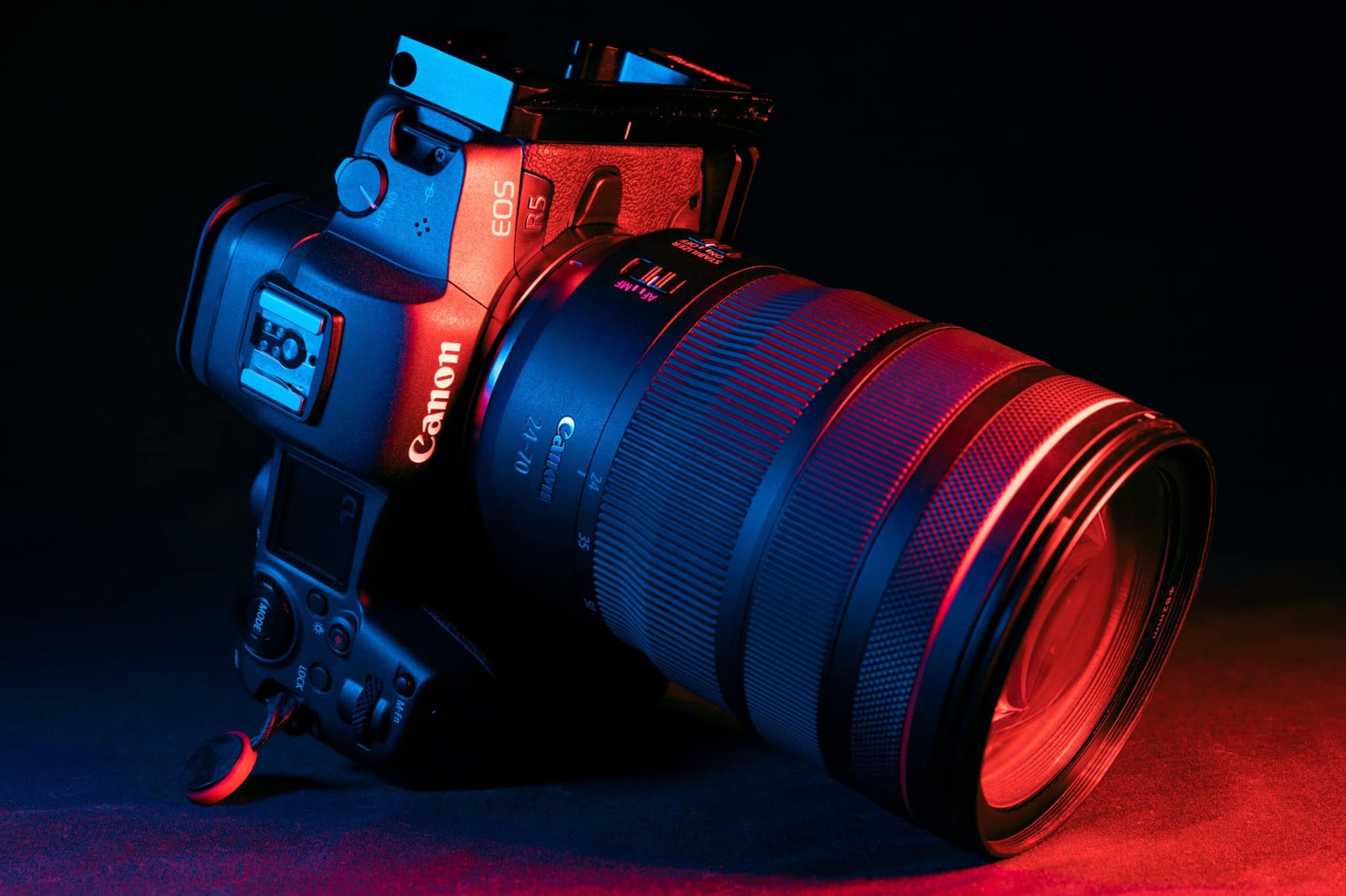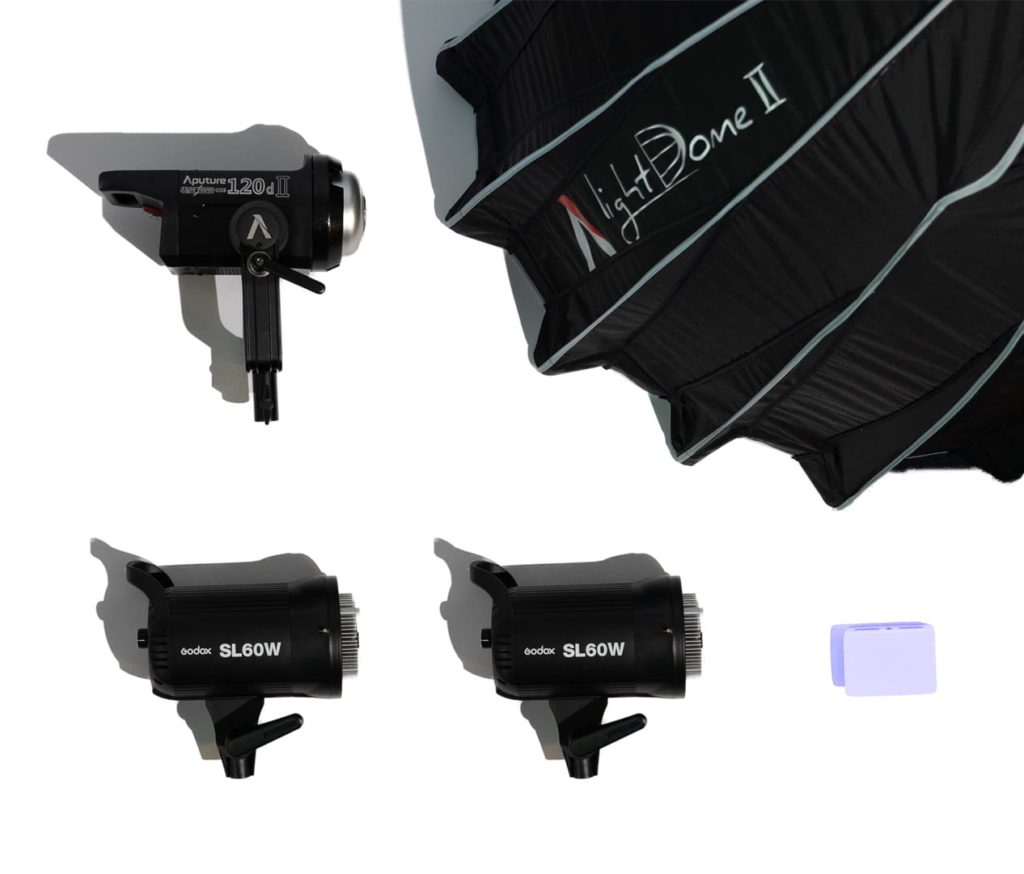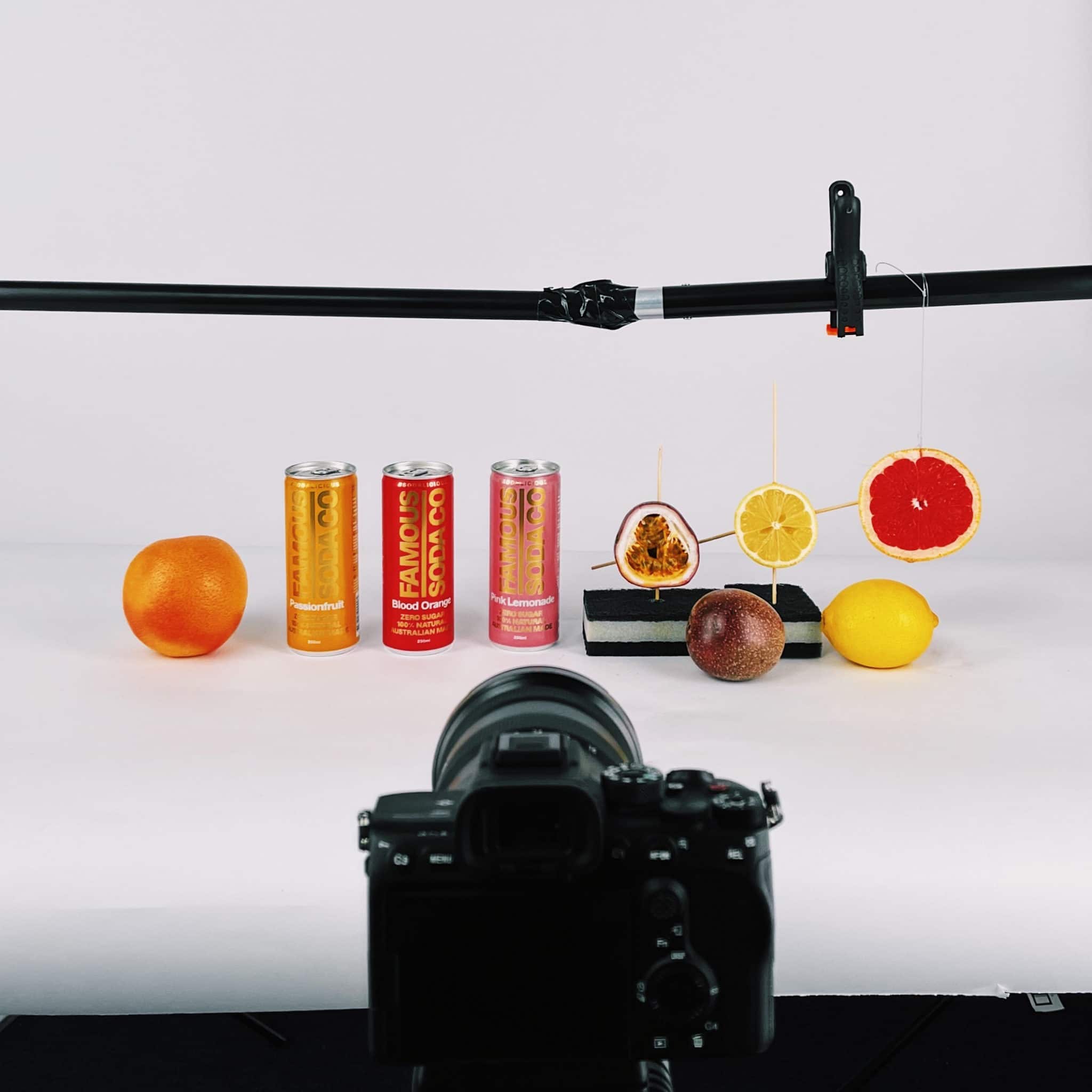Product photography is not as easy as the point-and-shoot iPhone shots you take during a lazy afternoon garden stroll.
Taking professionally stunning images of your products and goods needs some kind of investment on your part, be it done by you or for you.
Subsequently, we have listed down some easy-to-find tools to invest in for your product photography that is worth the money.
1. Professional Camera

You have your iPhone on the left and an Android tablet on the right. Why do you still need a REAL camera?
With the rise of pocket camera devices, it’s common to assume that is all you will ever need – but there is a reason they are called semi-professional camera devices.
Yes, it might be reliable as a phone with some high-tech camera features, but it was not built to exclusively be a camera, correct?
Your smartphone has limitations in terms of quality, megapixels, and depth of field that you wouldn’t want to be a speed bump to your product photos and videos.
Investing in a professional camera for your product photography shoots can give you some advantages like:
Higher Night Vision Features
Shooting your glow-in-the-dark digital clock in a dark room?
It will be a walk in the park with your professional camera.
Professional cameras like Sony A7S have large sensors, perfect for low light needs and this can elevate your photos with a lesser post-processing time, which can save you a LOT of hours in the long run.
Remember, albeit product photos are investment pieces, you still have a business to run.
Branding on point
Reinforce your branding as an expert in what you are selling with professionally shot product pictures as compared to photos shot via your mobile phone.
With everyone going online for various shopping needs, be it window shopping or actual buying, believe it or not, these people know when something is professionally taken care of or not.
Professionally shot photos can get your products a long way, but pair it up with on-point branding? You have a winning shot!
Details – and steady hands – matter.
Smartphone cameras are terrible at their zoom and macro features, yes even the expensive ones pixelate when you zoom in.
In addition to the above, even with additional gear, a smartphone photo resolution cannot compare to a camera with 30x optical zoom.
2. Lighting

Does strobe, continuous, or speed light sound confusing?
Choosing the proper lighting equipment starts with answering these questions:
1) What are your primary product photography needs?
2) What is your purpose for using artificial lighting? Is it to manipulate light manually or disperse it?
Continuous lighting is popular in product, still-life photography and videography because it is easy to adjust, thus making image visualisation easier for you.
It is cost-effective and manual, therefore best for beginners. You can choose from fluorescent (found in studios and does not overheat), LED, and tungsten.
Speed lights are portable, faster, and lightweight external flash units. They work best with umbrellas and softboxes in dispersing light.
Monolights are found in the studio or on the go due to being all in one strobe unit. A power source, reflector, and stand in one light set.
3. Accessories

You wouldn’t want to go to war without the proper arsenal right? It goes the same for product photography for your e-commerce business.
These ingenious things make your product photography a lot easier to manage and enable you to produce magnificent photos.
1) Pop-up reflector – useful in natural light, cost-effective, and portable when folded. A semi-translucent glass with a white fabric interior diffuses light and bounces light to fill dark areas.
2) Light Stand and Reflector Holder – This comes in handy when you are working by yourself. You can use stands for your lights, to hang props etc. Use a sandbag to weigh down the base of each light stand to make sure your precious cargo does not tip over.
3) Backdrop Stand – anything from paper backdrops to textured faux-wood backdrops for our shoots. A backdrop stand makes product photography that much easier.
4) Clamps – cheap, versatile, and available in your local hardware store. Have 4-6 clamps with you handy on your shoots. Trust us, this will save your life, figuratively, of course!
5) Extra lenses – if you have already invested in a professional camera then some more lenses should definitely be on your wish list. Different lenses produce different results in product photography, so think about which effects you find most important for what you’re shooting. Want to catch those crispy details? Invest in a macro lens!
Now that you know what tools to invest in, check out our ten crazy product photography styles to complement what you have learned here.